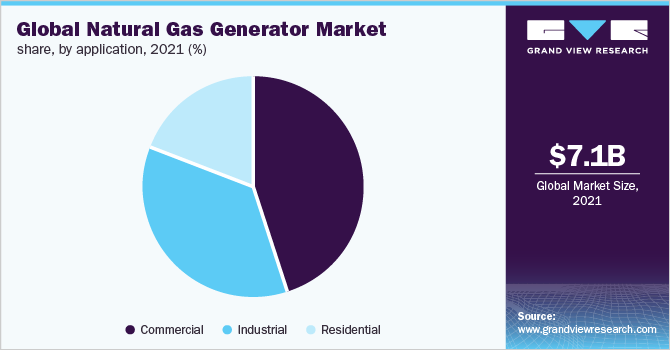Which Tools Should Be Used to Record the Most Complete Data About a Gas? Exploring Measurement Techniques
When studying gases and their properties, it is essential to collect accurate and comprehensive data to gain a thorough understanding of their behavior. To achieve this, scientists and researchers employ various tools and measurement techniques. In this article, we will explore the tools that should be used to record the most complete data about a gas. So, let's dive into the world of gas measurements and discover the techniques that provide valuable insights into gas properties.
1. Importance of Accurate Gas Data

Accurate Gas Data
Accurate data collection is vital in understanding the behavior, properties, and interactions of gases.
Precise measurements allow scientists to analyze gas samples, make informed predictions, and develop theories and models to explain gas phenomena.
The use of appropriate tools ensures that the data recorded is reliable and of high quality.
2. Gas Pressure Measurement: Barometer
One crucial aspect of gas analysis is the measurement of gas pressure. To record precise pressure data, a barometer is commonly used.
A barometer measures the atmospheric pressure exerted by the gas, allowing researchers to determine the pressure of the gas being studied.
3. Gas Volume Measurement: Graduated Cylinder or Burette
To record the volume of a gas accurately, researchers employ tools such as graduated cylinders or burettes. These instruments provide precise volume measurements, enabling scientists to determine the amount of gas present in a sample.
The volume of a gas is essential in understanding its physical properties, such as its compressibility and expansion.
4. Gas Temperature Measurement: Thermometer

Thermometer
Temperature plays a crucial role in gas analysis, as it affects the kinetic energy and behavior of gas molecules. To measure the temperature of a gas, a thermometer is utilized.
Thermometers can be calibrated to various scales, such as Celsius, Fahrenheit, or Kelvin, allowing researchers to record temperature data accurately.
5. Gas Composition Analysis: Gas Chromatograph
When studying the composition of a gas, a gas chromatograph is a valuable tool.
This instrument separates the various components of a gas mixture, allowing researchers to identify and quantify the individual gases present.
Gas chromatography provides detailed information about the composition and concentration of gases in a sample.
6. Gas Flow Rate Measurement: Flowmeter
In applications where gas flow rate is a critical parameter, a flowmeter is employed. Flowmeters measure the rate at which gas passes through a specific point, providing data on the flow velocity or volume.
This information is essential in various fields, including gas distribution, research, and manufacturing processes.
7. Gas Analysis and Spectroscopy: Spectrophotometer
To analyze the composition and properties of gases, spectroscopic techniques are employed. A spectrophotometer measures the absorption, emission, or scattering of electromagnetic radiation by gas molecules.
This technique allows scientists to identify and quantify specific gases and analyze their chemical properties.
8. Gas Pressure-Volume Relationships: Manometer
In experiments involving the relationship between gas pressure and volume, a manometer is commonly used.
A manometer measures the pressure difference between the gas sample and its surroundings, providing insights into the behavior of gases under varying volumes and pressures.
In conclusion, recording comprehensive and accurate data about a gas requires the use of specific tools and measurement techniques. Barometers, graduated cylinders or burettes, thermometers, gas chromatographs, flowmeters, spectrophotometers, and manometers are among the essential instruments used to collect complete data about gas properties. These tools enable researchers to measure pressure, volume, temperature, composition, flow rate, and other critical parameters related to gas behavior. By employing appropriate measurement techniques, scientists gain valuable insights into the physical and chemical properties of gases, contributing to advancements in various fields of science and technology. So, let us continue to utilize these tools effectively and record precise gas data, furthering our understanding of the fascinating world of gases.